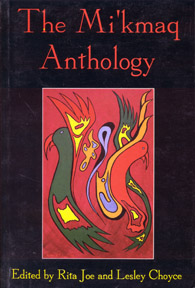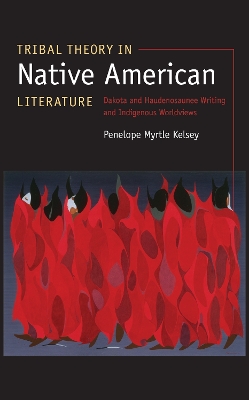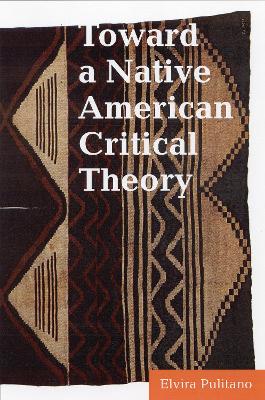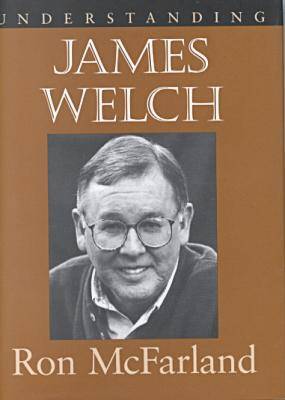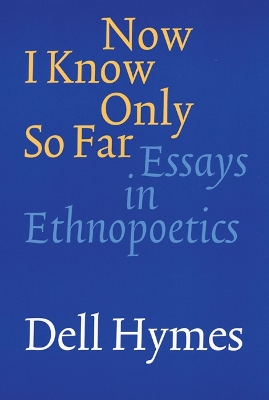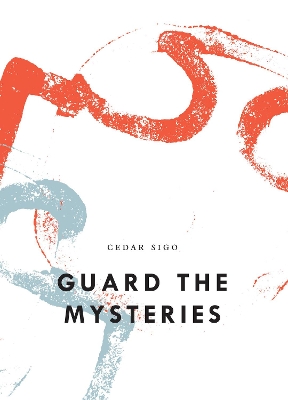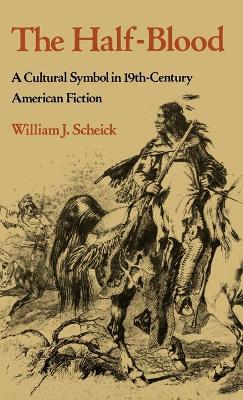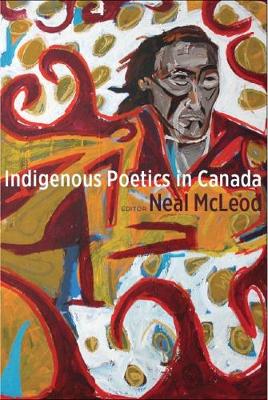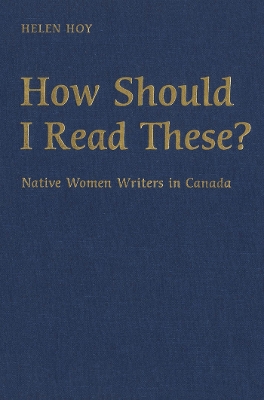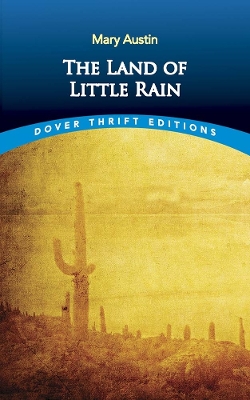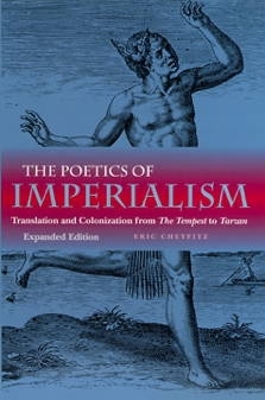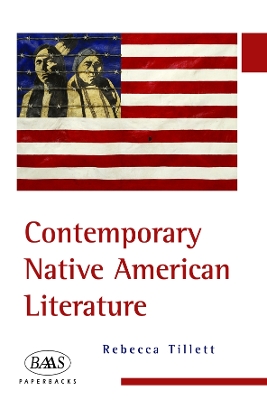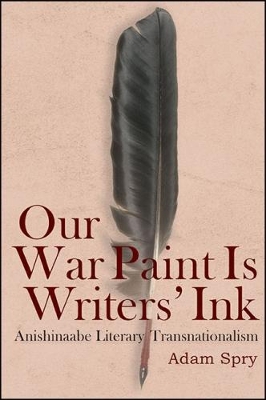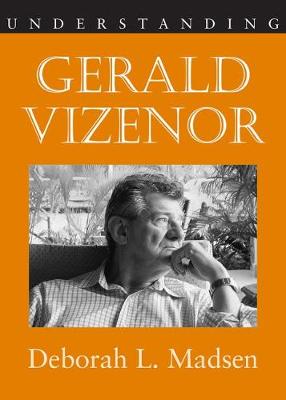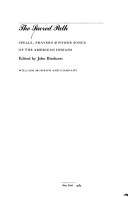In American Indian societies, storytelling and speech-making are invested with special significance, crafted to reveal central psychological and social values, tensions, and ambiguities. As Karl Kroeber notes, "It is our scholarship, not Indian storytelling, that is primitive, undeveloped."This book is an essential introduction to the study and appreciation of American Indian oral literatures. The essays, by leading scholars, illuminate the subtle artistry of form and content that gives spoken s...
A varied and spiritual collection of work by the Mi'kmaq writers of Atlantic Canada. Both young and old stories and storytellers combine talents to produce short stories, poetry, and personal essays.
Praise for Gerald Vizenor: "Vizenor has been called America's Gabriel Garcia M rquez." - "Library Journal". "Vizenor's language roils and tumbles through meanings and shades of meanings." - "Choice". "Vizenor keeps us off balance with his subversive humor and otherworldly pyrotechnics." - "Booklist". "A masterful storyteller." - "Publishers Weekly". "Postindian Conversations" is the first collection of in-depth interviews with Gerald Vizenor, one of the most powerful and provocative voices in th...
Scholars and readers continue to wrestle with how best to understand and appreciate the wealth of oral and written literatures created by the Native communities of North America. Are critical frameworks developed by non-Natives applicable across cultures, or do they reinforce colonialist power and perspectives? Is it appropriate and useful to downplay tribal differences and instead generalize about Native writing and storytelling as a whole? Focusing on Dakota writers and storytellers, Seneca c...
Toward a Native American Critical Theory articulates the foundations and boundaries of a distinctive Native American critical theory in this postcolonial era. In the first book-length study devoted to this subject, Elvira Pulitano offers a survey of the theoretical underpinnings of works by noted Native writers Paula Gunn Allen, Robert Warrior, Craig Womack, Greg Sarris, Louis Owens, and Gerald Vizenor. In her analysis Pulitano confronts key issues and questions: Is a distinctive way of reading...
Understanding James Welch (Understanding Contemporary American Literature)
by Ronald E. McFarland
In "Understanding James Welch", Ron McFarland offers analysis and critical commentary on the works of the renowned Blackfoot-Gros Ventre writer whose first novel, "Winter in the Blood" has become a classic in Native American fiction and who book of poems, "Riding the Earthboy 40", has remained in print since its initial publication in 1971. McFarland offers close readings of Welch's poems, four novels and recent book, "Killing Custer", which tells the story of the Battle of the Little Bighorn fr...
In Now I Know Only So Far, sociolinguist and ethnopoetic scholar Dell Hymes examines the power and significance of Native North American literatures and how they can best be approached and appreciated. Such narratives, Hymes argues, are ways of making sense of the world. To truly comprehend the importance and durability of these narratives, one must investigate the ways of thinking expressed in these texts-the cultural sensibilities also deeply affected by storytellers' particular experiences an...
Guard the Mysteries is a compendium of five talks that the poet Cedar Sigo presented for the Bagley Wright Lecture series. Retracing the ways in which he first encountered the realm of poetry, Sigo plumbs the particulars of modern critique, identity politics, early influences, and poetic form to produce a singular 'autobiography of voice.' Across these lectures, Sigo explores his childhood on the Suquamish Reservation, while paying homage to revolutionary artists, teachers, and thinkers whom hav...
The forty years of American Indian literature taken up by James H. Cox—the decades between 1920 and 1960—have been called politically and intellectually moribund. On the contrary, Cox identifies a group of American Indian writers who share an interest in the revolutionary potential of the indigenous peoples of Mexico—and whose work demonstrates a surprisingly assertive literary politics in the era. By contextualizing this group of American Indian authors in the work of their contemporaries, Cox...
The half-blood -- half Indian, half white -- is a frequent figure in the popular fiction of nineteenth-century America, for he (or sometimes she) served to symbolize many of the conflicting cultural values with which American society was then wrestling. In literature, as in real life the half-blood was a product of the frontier, embodying the conflict between wilderness and civilization that haunted and stirred the American imagination. What was his identity? Was he indeed "half Indian, half whi...
From the Revolution to the present day, many American writers have chosen to live in Europe - with considerable consequences for American art and consciousness. Malcolm Bradbury suggests such expatriation represented not so much a rejection of America as a response to deep-rooted cultural problems: he considers the difficulties of American writers in creating a national culture, and the many stages of their connection with European movements and art forms. Looking at major authors and texts -...
Indigenous Poetics in Canada
Indigenous Poetics in Canada broadens the way in which Indigenous poetry is examined, studied, and discussed in Canada. Breaking from the parameters of traditional English literature studies, this volume embraces a wider sense of poetics, including Indigenous oralities, languages, and understandings of place. Featuring work by academics and poets, the book examines four elements of Indigenous poetics. First, it explores the poetics of memory: collective memory, the persistence of Indigenous poet...
One of the few books on contemporary Native writing in Canada, Helen Hoy's absorbing and provocative work raises and addresses questions around 'difference' and the locations of cultural insider and outsider in relation to texts by contemporary Native women prose writers in Canada. Drawing on post-colonial, feminist, post-structuralist and First Nations theory, it explores the problems involved in reading and teaching a variety of works by Native women writers from the perspective of a cultural...
The Land of Little Rain (Modern Library Classics (eBook)) (Top 100 Books - America)
by Mary Austin
“Between the high Sierras south from Yosemite—east and south over a very great assemblage of broken ranges beyond Death Valley, and on illimitably into the Mojave Desert” is the territory that Mary Austin calls the Land of Little Rain. In this classic collection of meditations on the wonders of this region, Austin generously shares “such news of the land, of its trails and what is astir in them, as one lover of it can give to another.” Her vivid writings capture the landscape—from burnt hills to...
Selected by Choice magazine as an Outstanding Academic Book Cheyfitz charts the course of American imperialism from the arrival of Europeans in a New World open for material and rhetorical cultivation to the violent foreign ventures of twentieth-century America in a Third World judged equally in need of cultural translation. Passionately and provocatively, he reads James Fenimore Cooper and Leslie Marmon Silko, Frederick Douglass, and Edgar Rice Burroughs within and against the imperial framewor...
Contemporary Native American Literature (British Association for American Studies (BAAS) Paperbacks)
by Rebecca Tillett
This introduction to contemporary Native American literature is suitable for students with little or no knowledge of the subject, or of Native American culture or history. It examines influential texts in the context of the historical moment of their production, with reference to significant literary developments. Most importantly, Native literature is assessed within the wider socio-political context of American colonialism, the history of Federal-Indian relations and policies, popular percept...
Our War Paint Is Writers' Ink (SUNY series, Native Traces)
by Adam Spry
Understanding Gerald Vizenor (Understanding Contemporary American Literature)
by Deborah L. Madsen
This book offers an introduction to the radical Native American writer's complex vocabulary and vision. Winner of the 1988 American Book Award for his novel ""Griever: An American Monkey King in China"", Gerald Vizenor is a radical, even revolutionary, voice among contemporary Native American writers. Deborah L. Madsen offers a comprehensive overview of Vizenor's work in all literary genres as she explores the themes, images, and stylistic devices that define Vizenor's challenging and significan...

